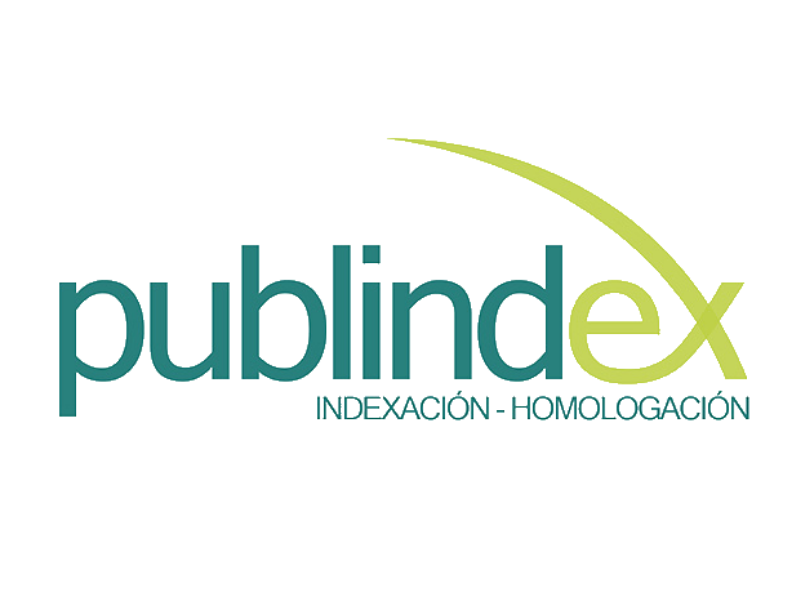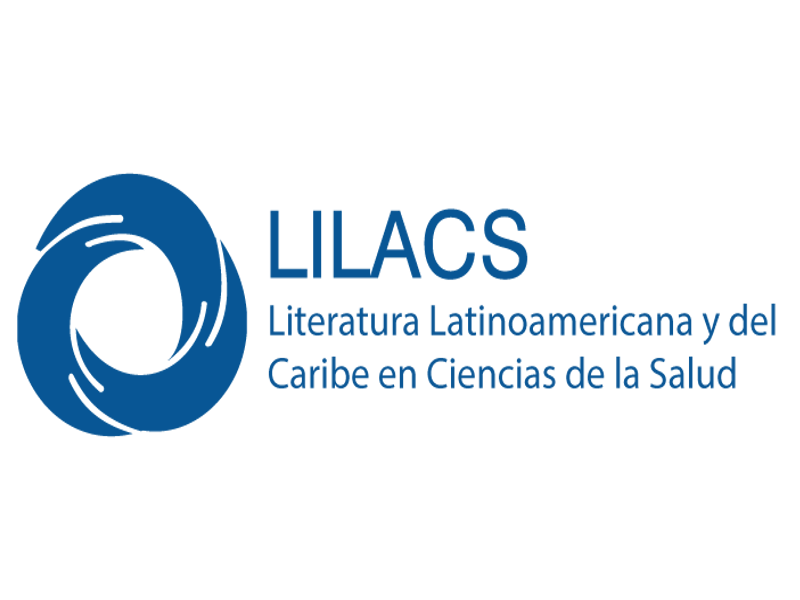Fascitis necrotizante cervical: terapia de presión negativa con enfoque reconstructivo
Cervical necrotizing fasciitis: negative pressure wound therapywith a reconstructive approach
Esta obra está bajo una licencia internacional Creative Commons Atribución-NoComercial-CompartirIgual 4.0.
Mostrar biografía de los autores
Introducción: la fascitis necrotizante es una infección fulminante con una incidencia baja de 0.4 casos por 100,000 habitantes. Se caracteriza por la rápida progresión a través de las fascias, causando trombosis vascular y necrosis de la piel y tejidos adyacentes. El tratamiento consiste en el desbridamiento temprano y amplio para evitar la sepsis, que es responsable de la alta mortalidad, pero este enfoque deja defectos de cobertura significativos que pueden manejarse con terapia de presión negativa (TPN). La TPN ayuda a eliminar tejido necrótico, estimula la angiogénesis y promueve la reparación tisular, facilitando la reconstrucción definitiva con colgajos. Presentación del caso: paciente con fascitis necrotizante en el cuello y tórax tratada con desbridamiento quirúrgico agresivo seguido de TPN para optimizar los tejidos blandos y reconstrucción posterior con un colgajo ALT, logrando resultados funcionales y estéticos satisfactorios. Discusión: la fascitis necrotizante constituye un desafío diagnóstico debido a sus variadas manifestaciones clínicas. El tratamiento temprano y adecuado es crucial para mejorar el pronóstico. La TPN es una técnica valiosa en el manejo de esta condición, en especial en la preparación del lecho para reconstrucción. Está contraindicada ante la sospecha de cáncer o vasos sanguíneos expuestos. La selección del método reconstructivo, como colgajos libres, depende del tamaño y localización del defecto, así como de las necesidades funcionales y estéticas del paciente. Conclusiones: el uso de la TPN como parte del manejo multidisciplinario de la fascitis necrotizante cervicofacial puede mejorar los resultados clínicos, facilitando la posterior reconstrucción y restauración funcional del paciente.
Visitas del artículo 295 | Visitas PDF 64
Descargas
- Wallace HA, Perera TB. Necrotizing Fasciitis. [Updated 2023 Feb 21]. In: StatPearls [Internet]. Treasure Island (FL): StatPearls Publishing; 2024 Jan-. Available from: https://www.ncbi.nlm.nih.gov/books/NBK430756/
- Chou PY, Hsieh YH, Lin CH. Necrotizing fasciitis of the entire head and neck: Literature review and case report. Biomed J. 2020;43(1):94-98. https://doi.org/10.1016/j.bj.2019.08.002
- Sideris G, Sapountzi M, Malamas V, Papadimitriou N, Maragkoudakis P, Delides A. Early detecting cervical necrotizing fasciitis from deep neck infections: a study of 550 patients. Eur Arch Otorhinolaryngol. 2021;278(11):4587–92. http://dx.doi.org/10.1007/s00405-021-06653-4
- Gupta V, Sidam S, Behera G, Kumar A, Mishra UP. Cervical Necrotizing Fasciitis: An Institutional Experience. Cureus. 2022;14(12):e32382. http://dx.doi.org/10.7759/cureus.32382
- de Leyva P, Dios-Díez P, Cárdenas-Serres C, Bueno-de Vicente Á, et al. Cervical Necrotizing Fasciitis in Adults: A Life-Threatening Emergency in Oral and Maxillofacial Surgery. Surgeries. 2024; 5(3):517-531. https://doi.org/10.3390/surgeries5030042
- Ge X, Sun Y, Lin J, Zhou F, Yao G, Luo B, Su X. Diagnostic Key Points and Surgical Management of Necrotizing Fasciitis: A Retrospective Study. Int J Low Extrem Wounds. 2024;23(1):153-160. https://doi.org/10.1177/15347346211045282
- Gallo O, Deganello A, Meccariello G, Spina R, Peris A. Vacuum-assisted closure for managing neck abscesses involving the mediastinum. Laryngoscope. 2012;122(4):785–788. https://doi.org/10.1002/ lary.22403
- Liu W, Gu W, Jin X, Wang J. Effects of simultaneous versus staged VAC placement in the treatment of deep neck multiple-space infections at a tertiary hospital over a four-year period in China. Infect Drug Resist. 2021;14:4091–6. http://dx.doi.org/10.2147/IDR.S334203
- Balcı MK, Ciğer E, Arslanoğlu S, İşlek A. Necrotizing fasciitis of the head and neck: our experience with vacuum-assisted closure therapy. Eur Arch Otorhinolaryngol. 2018;275(10):2555–62. http://dx.doi.org/10.1007/s00405-018-5096-z
- Zaver V, Kankanalu P. Negative Pressure Wound Therapy. [Updated 2023 Sep 4]. In: StatPearls [Internet]. Treasure Island (FL): StatPearls Publishing; 2024 Jan-. Available from: https://www.ncbi.nlm.nih.gov/books/NBK576388/
- Madsen CB, Sørensen JA. Versatility of the pedicled anterolateral thigh flap for surgical reconstruction, a case series. JPRAS Open. 2020;25:52-61. doi: 10.1016/j.jpra.2020.05.002. Erratum in: JPRAS Open. 2021;30:180-181. doi: 10.1016/j.jpra.2021.09.010.
- Edlich RF, Cross CL, Dahlstrom JJ, Long WB 3rd. Modern concepts of the diagnosis and treatment of necrotizing fasciitis. J Emerg Med. 2010;39(2):261-5. http://dx.doi.org/10.1016/j.jemermed.2008.06.024
- Chen CY, Kuo SM, Tarng YW, Lin KC. Immediate application of negative pressure wound therapy following lower extremity flap reconstruction in sixteen patients. Sci Rep. 2021;11(1):21158. http://dx.doi.org/10.1038/s41598-021-00369-5
- Zaver V, Kankanalu P. Negative Pressure Wound Therapy. [Updated 2023 Sep 4]. In: StatPearls [Internet]. Treasure Island (FL): StatPearls Publishing; 2024 Jan-. Available from: https://www.ncbi.nlm.nih.gov/books/NBK576388/
- Seidel D, Storck M, Lawall H, Wozniak G, Mauckner P, Hochlenert D, et al. Negative pressure wound therapy compared with standard moist wound care on diabetic foot ulcers in real-life clinical practice: results of the German DiaFu-RCT. BMJ Open. 2020;10(3):e026345. http://dx.doi.org/10.1136/bmjopen-2018-026345
- Zaver V, Kankanalu P. Negative Pressure Wound Therapy. [Updated 2023 Sep 4]. In: StatPearls [Internet]. Treasure Island (FL): StatPearls Publishing; 2024 Jan-. Available from: https://www.ncbi.nlm.nih.gov/books/NBK576388/
- Agarwal P, Kukrele R, Sharma D. Vacuum assisted closure (VAC)/negative pressure wound therapy (NPWT) for difficult wounds: A review. J Clin Orthop Trauma. 2019;10(5):845-848. http://dx.doi.org/10.1016/j.jcot.2019.06.015
- Quacinella MA, Yong TM, Obremskey WT, Stinner DJ. Negative pressure wound therapy: Where are we in 2022? OTA Int. 2023;6(4Suppl):e247. http://dx.doi.org/10.1097/OI9.0000000000000247












